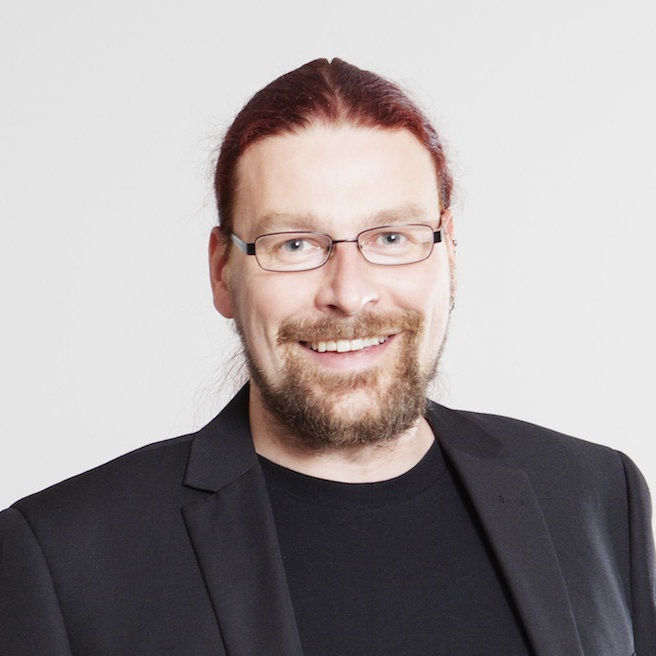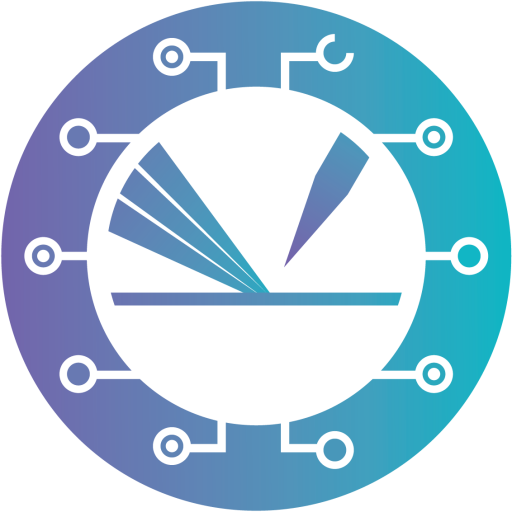Patrick Rinke
Aalto University, Espoo, Finland
Monday, 17 October 2022,16:15 s.t.
The talk will be given in hybrid mode.
You can join at:
Josef Loschmidt Hörsaal (HS 2)
University of Vienna, Faculty of Chemistry
Währinger Straße 42, 1090 Vienna
Or you can join the zoom meeting:
https://tuwien.zoom.us/j/92739417554?pwd=MlFkNjJxUjFkUUhPaUJmZ0ZnMjVOZz09

Active Materials Exploration and Characterization with Bayesian Optimization
Data generation in materials science is often limited by the time it takes to perform experiments or simulations [1]. To facilitate the exploration and characterization of complex materials, we have developed the Bayesian Optimization Structure Search (BOSS) [2] code. BOSS uses active learning to strategically sample the parameter space of material-science tasks (experimental or computational). BOSS proposes new data acquisition points for maximum knowledge gain, balancing exploitation with exploration.
In this talk, I will present the BOSS project and then demonstrate BOSS’ smart and efficient data strategy for two examples:
1) sustainable biomaterials synthesis and
2) adsorbate structure search and characterization on metal surfaces.
For 1), we extract lignin from birch wood samples with hydrothermal treatment. Lignin is further processed by chemical modification into sustainable composite materials (e.g., carbon fibers, thermoplastics, and three-dimensional printed objects). Lignin extraction and processing are coupled to BOSS to visualize process-structure-property correlations and efficiently optimize extraction and modification conditions [3].
For 2), we couple BOSS to density-functional theory (DFT) calculations to study the adsorption of a camphor molecule on a copper surface. We identify eight unique stable adsorbates [4]. By matching the stable structures to atomic force microscopy (AFM) images, we conclude that the experiments feature three different structures of chemisorbed camphor molecules. This is the first time that the atomic structure of bulky 3D adsorbates has been decoded [5].
Bio of Patrick Rinke
Prof. Patrick Rinke received his PhD from the University of York in England in 2003. Subsequently, he was a post-doctoral scholar at the Fritz Haber Institute (FHI) of the Max Planck Society in Berlin, Germany, and in the Materials Department at the University of California Santa Barbara (UCSB) before becoming a group leader at the FHI in 2009. Since 2014, he leads the Computational Electronic Structure Theory (CEST) group in the Department of Applied Physics at Aalto University in Helsinki, Finland. He develops advanced electronic structure, data science, and machine learning methods and applies them to pertinent problems in materials science. Since 2019, he coordinates the AI in Materials Science Highlight in the Finnish Center for Artificial Intelligence (https://fcai.fi/) and the Digitalization Hub of the FinnCERES Bioeconomy Flagship (https://finnceres.fi/).
